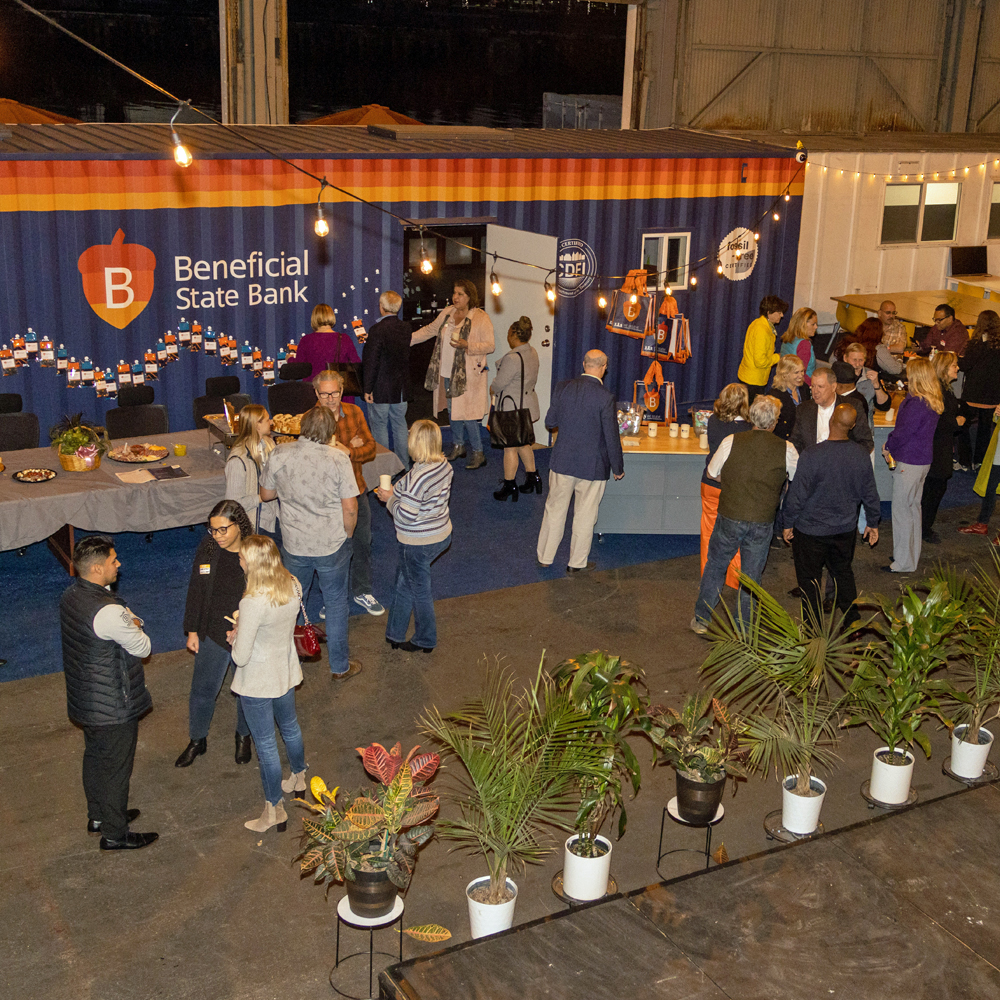Green America’s Get A Better Bank map includes only mission-driven community development banks and credit unions. None of these institutions have fossil fuel holdings. However, some otherwise green banks and credit unions may offer credit cards issued by fossil banks such as Elan Financial, which is owned by US Bank, a megabank with considerable investments in oil, gas, and coal. Check into any outsourcing a bank or credit union may do.
The fossil fuel industry is powerful, and it’s going to take a large, coordinated effort to break that power. That’s why we believe it’s important to focus our efforts on pressuring the largest US funders of climate chaos. If even one megabank changes its act, there will be ripple effects throughout the entire global financial sector.
And substantial progress in this area IS happening! HSBC, the largest bank in Europe by total assets and the 13th largest funder of fossil fuels worldwide, recently committed to not funding any new oil and gas projects. The pressure is starting to mount on these massive institutions, thanks to the persistent and coordinated efforts of folks like you.


